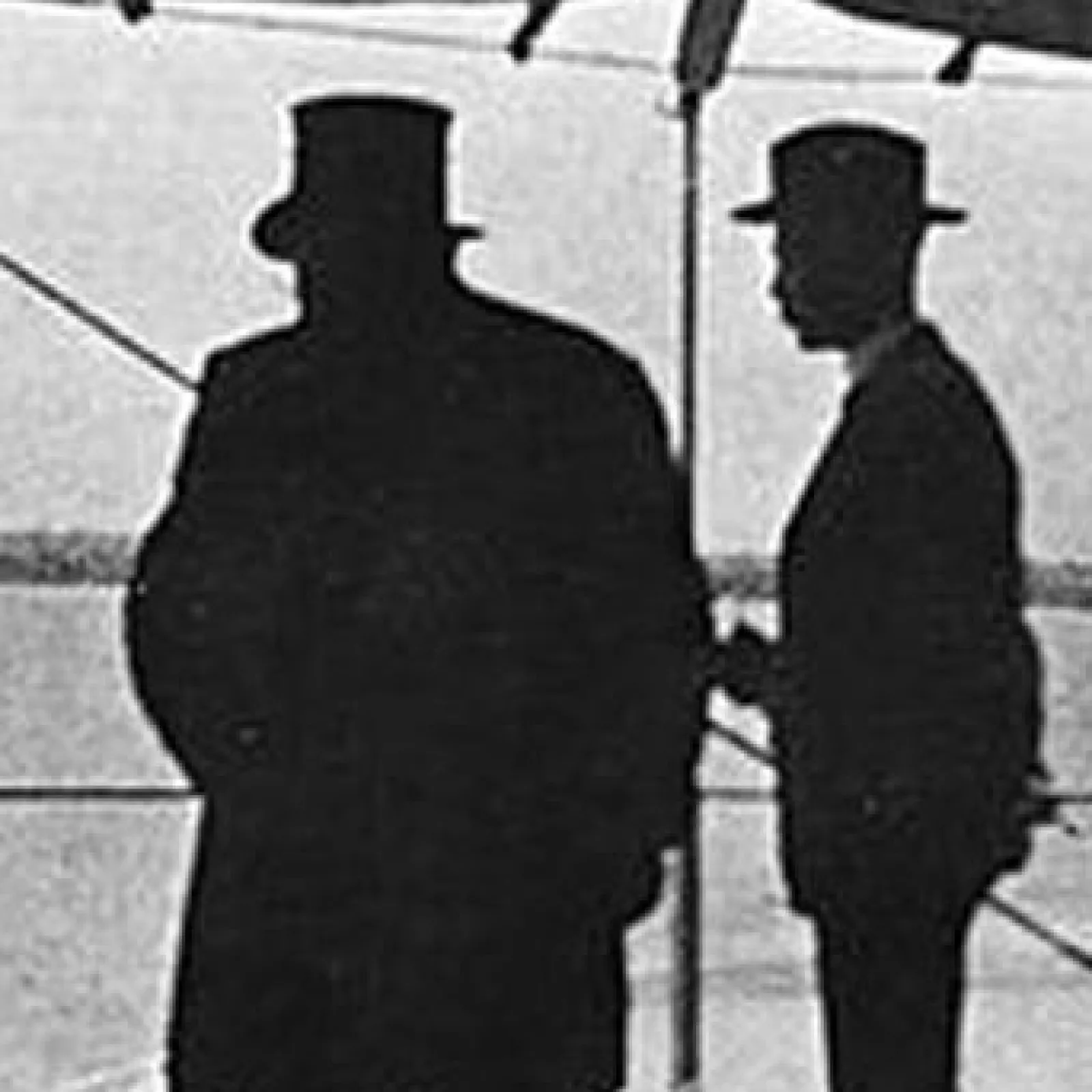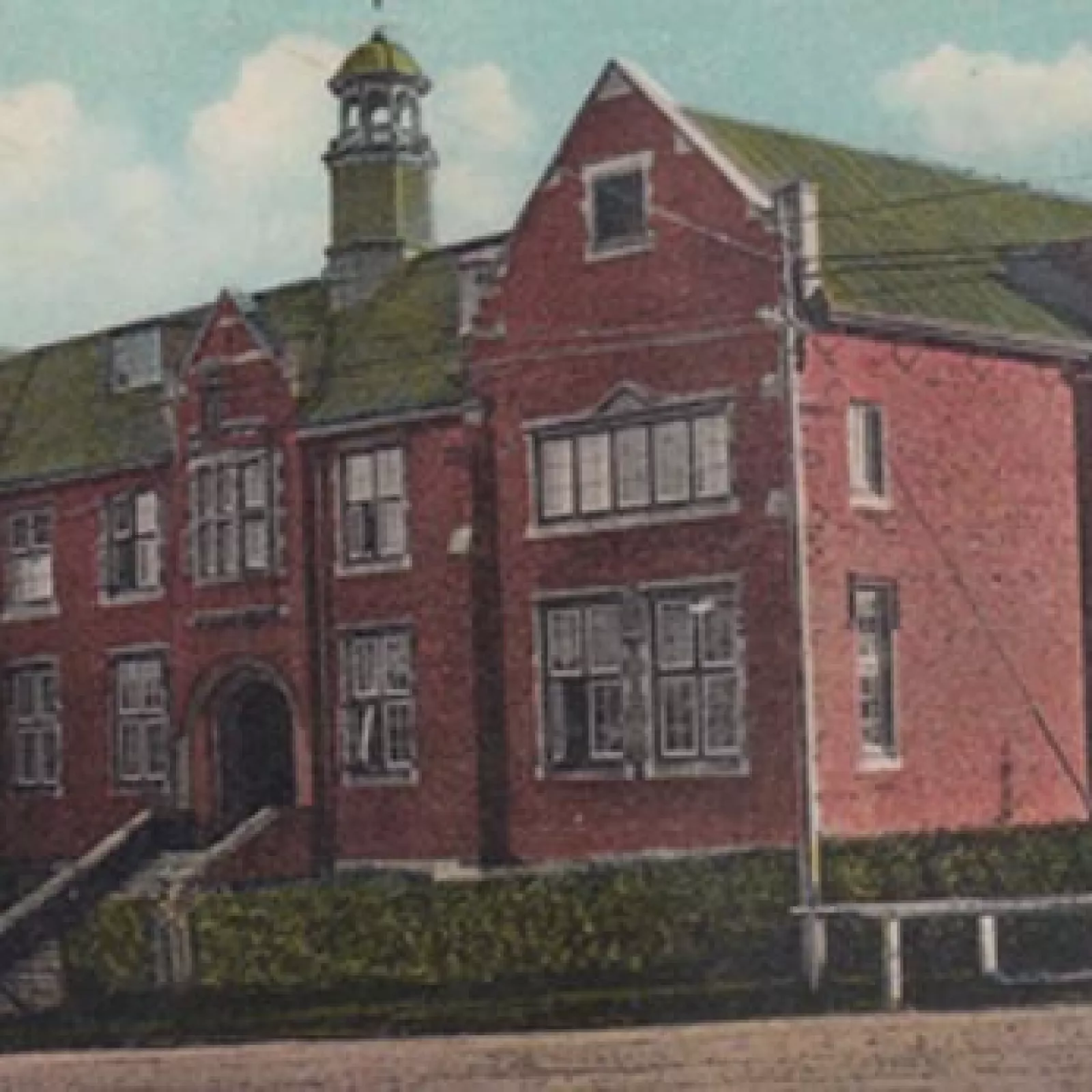1898 - 1907
1898 - 1907
1899
The South African War breaks out. Miss Holmes-Orr, fearing for her boarders, sends them to Port Alfred and closes the college.
1901
The tide of war recedes from Johannesburg. Miss Holmes-Orr returns to find her school in disrepair. Relocation is an option, but Miss Holmes-Orr does not have the finances. The school’s future does not look promising.


1902
The South African War ends, with Great Britain victorious.
At some time, a banner is produced bearing the words “St Mary’s College Jeppestown” and the inscription “United in love and always faithful”. The letters ER are a reference to King Edward VII who reigned from 1902 to 1910. But the banner disappears, until it is discovered in a school desk in 1982. It is framed and once again put on display.

1903
Compensation for expropriation and a loan from her brother-in-law enable Miss Holmes-Orr to build a new school close to Belgravia.
1904
The school opens, and will be St Mary’s home for 30 years. Miss Holmes-Orr is never able to repay the loan.

Decade 2
The school’s foundation stone is laid by Archdeacon Furse
St Mary's College relocates in 1904
Miss Homes-Orr opens a modern school, built in late Victorian style, in a more upmarket part of Jeppestown.
The Peace Treaty of Vereeniging
The peace favours the Boers and jettisons any rights black South Africans feel they have earned by supporting the British cause.
St Mary's College during the South African War
Miss Holmes-Orr sends her boarders off to safety in the Cape Colony (Port Alfred) and close the College.
The Union Jack flies over Johannesburg
Lord Roberts sets his sights on reaching Johannesburg.
Louis Botha, Winston Churchill and Mahatma Gandhi at Spion Kop - 1900
Louis Botha, Winston Churchill and Mahatma Gandhi are all to be found in the vicinity of Spion Kop.
A great St Mary's scholar
Miss Holmes-Orr in early Johannesburg
Life in Johannesburg is unpredictable.